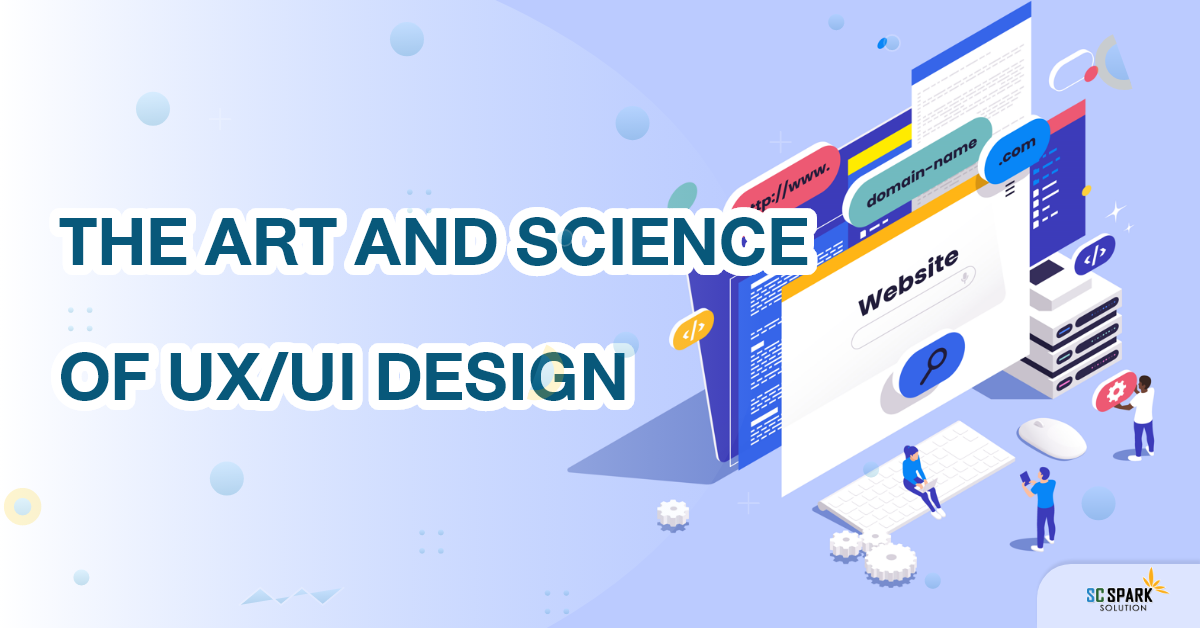The Art and Science of UX/UI Design
In the digital age, user experience (UX) and user interface (UI) design have become integral components of creating successful and engaging digital products. This article explores the intricate world of UX/UI design, delving into the principles, methodologies, and best practices that designers employ to craft seamless and user-centric experiences.
- Understanding UX and UI:
– UX focuses on the overall experience a user has with a product, encompassing usability, accessibility, and emotional satisfaction.
– UI, on the other hand, deals with the visual and interactive elements that users directly engage with, including buttons, menus, and other graphical elements.
- User-Centered Design:
– User-centered design is the foundation of effective UX/UI. It involves understanding the needs, behaviors, and preferences of the target audience.
– Persona development, user interviews, and usability testing are key components of this approach.
- Wireframing and Prototyping:
– Wireframing allows designers to outline the structure and layout of an interface, focusing on functionality without getting distracted by visual design.
– Prototyping involves creating interactive models that simulate the user experience, providing a tangible representation for testing and feedback.
- Visual Hierarchy and Information Architecture:
– Establishing a clear visual hierarchy ensures that users can easily navigate and prioritize information.
– Information architecture involves organizing content in a logical and intuitive manner, making it accessible to users with varying levels of familiarity.
- Consistency in Design Elements:
– Consistency in UI elements, such as buttons, colors, and typography, enhances predictability and usability.
– A consistent design language across an application or website reinforces brand identity and streamlines the user experience.
- Responsive Design:
– With the prevalence of various devices and screen sizes, responsive design is crucial. It ensures that the user interface adapts seamlessly to different platforms, providing a consistent experience.
- Accessibility:
– Prioritizing accessibility ensures that digital products are usable by people of all abilities. This includes considerations for users with visual, auditory, or motor impairments.
– Following WCAG (Web Content Accessibility Guidelines) is a standard practice in creating accessible designs.
- Microinteractions and Feedback:
– Microinteractions are subtle animations or responses that provide feedback to user actions. They contribute to a more engaging and enjoyable user experience.
– Thoughtful use of microinteractions enhances usability and guides users through the interface.
- User Testing and Feedback Loops:
– Regular user testing allows designers to gather valuable insights and identify pain points in the user journey.
– Establishing feedback loops helps continuously refine and optimize the design based on user input.
- Evolution and Adaptation:
– The digital landscape is dynamic, and design trends evolve. Successful UX/UI designers stay informed about industry developments and adapt their approach to incorporate emerging best practices.
In the realm of digital design, UX/UI serves as the bridge between technology and users, determining the success and usability of a product. By embracing user-centered principles, incorporating feedback loops, and staying attuned to design trends, designers can create experiences that not only meet functional requirements but also delight and engage users. In the ever-evolving digital landscape, the art and science of UX/UI design continue to shape the way we interact with and experience technology.
For those of you who want to make an E-Commerce app, a shopping app or a Delivery app, we recommend SC-Spark Solution, an app making company. experienced With direct experience from Silicon Valley, being a company that develops more than 100 applications around the world, both custom and ready-made for you to choose from. If anyone is interested in making mobile applications or websites, you can contact here
Contact us at
Facebook : SC-Spark Solution บริการทำแอปพลิเคชั่น
“Nothing is impossible”







